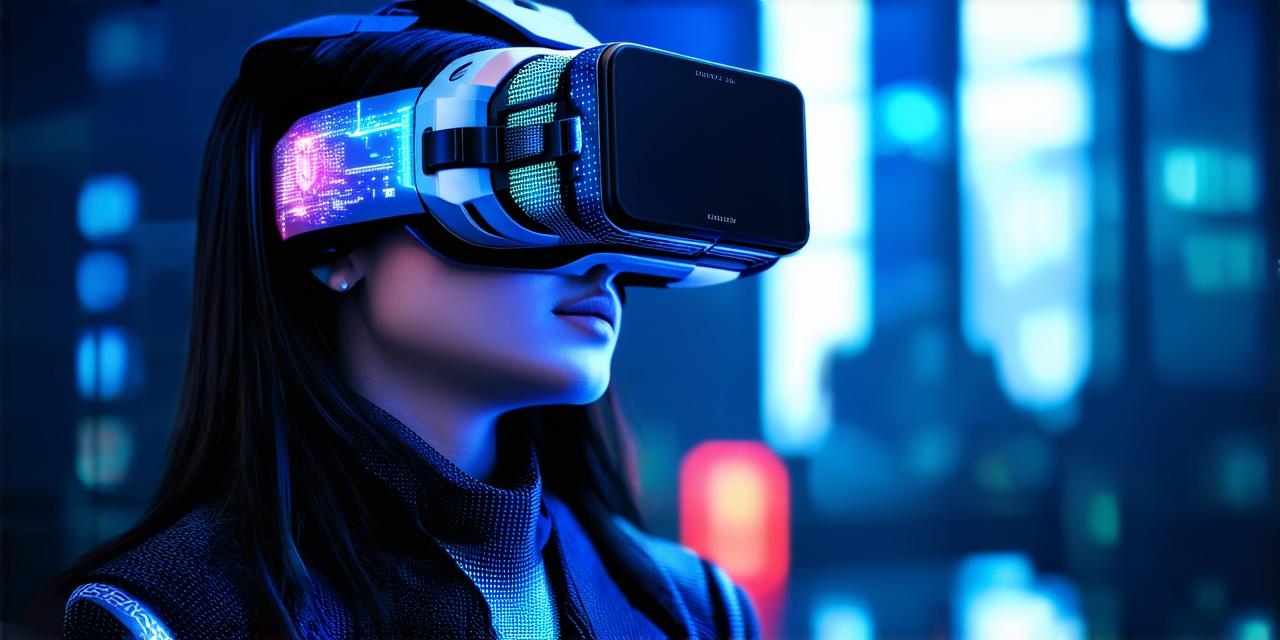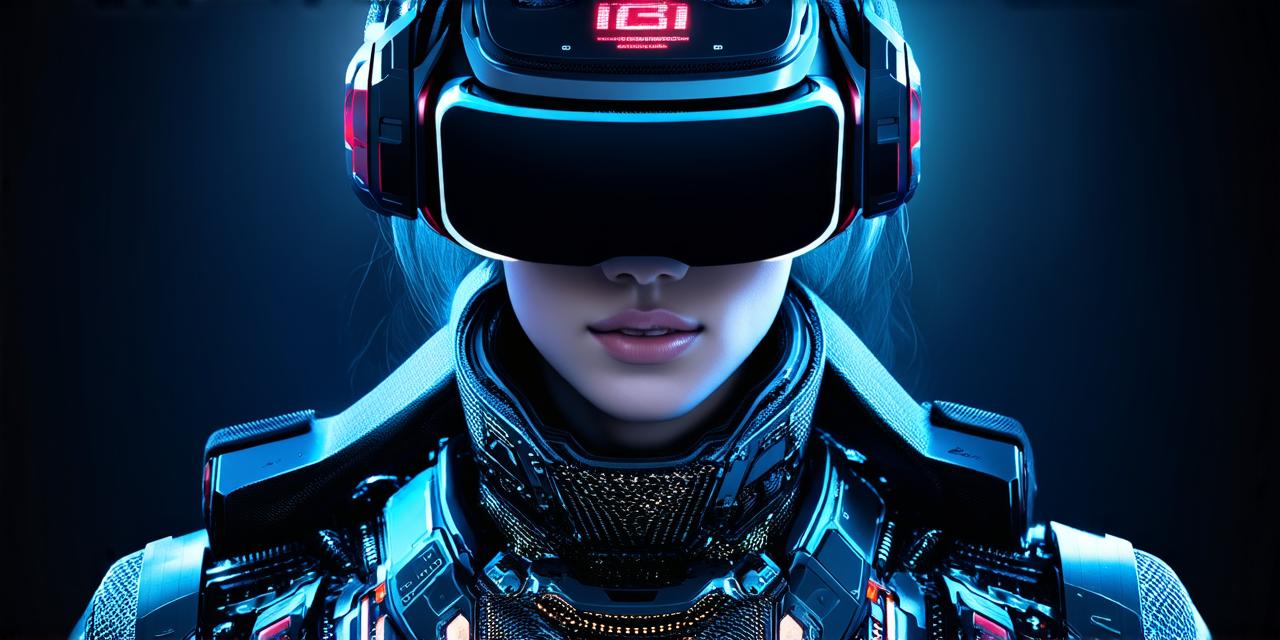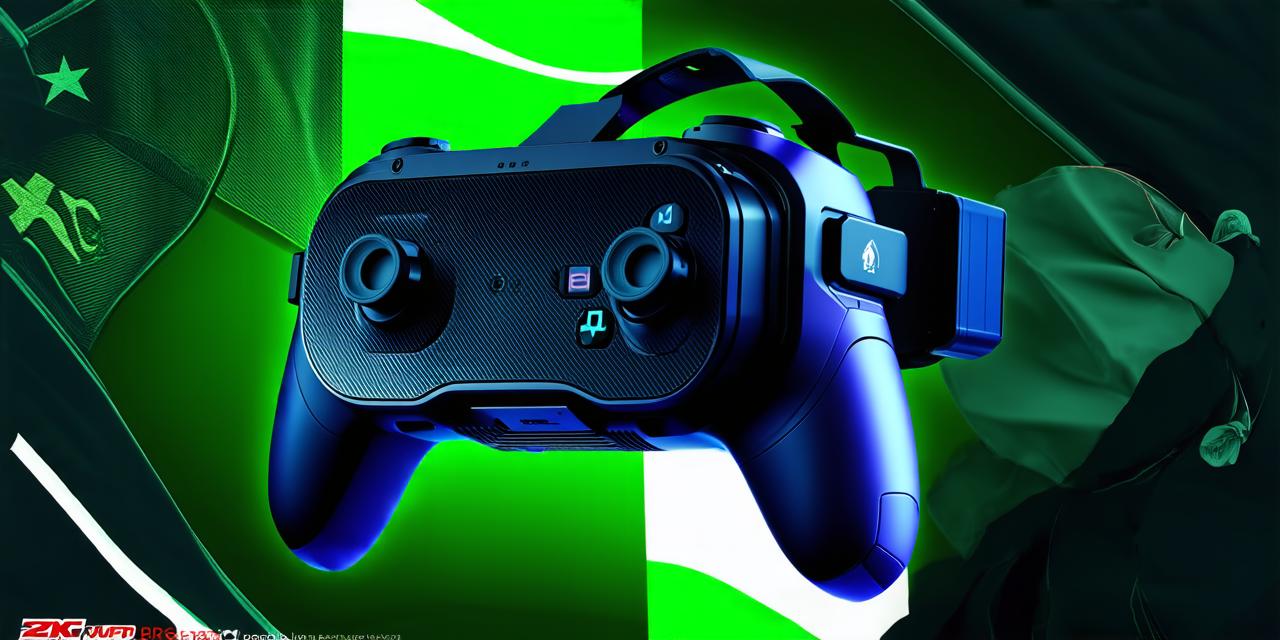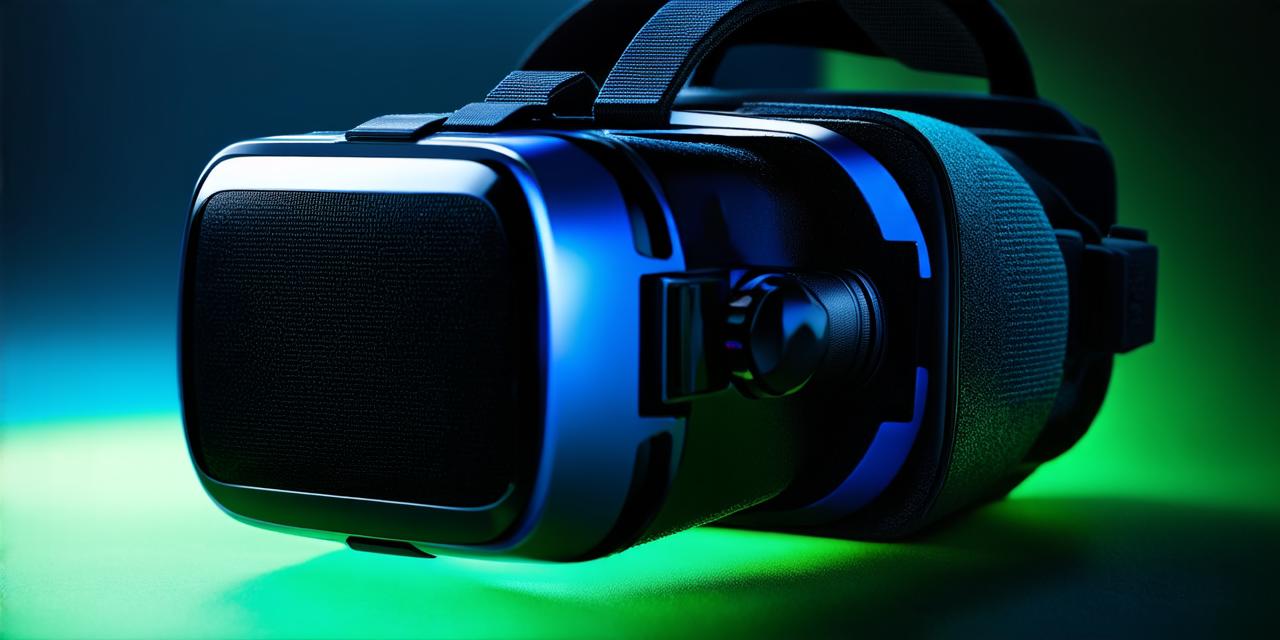Frame rate vs resolution
The first thing to understand about VR is that there are two key components that determine the overall quality of the experience: frame rate and resolution. Frame rate refers to the number of frames per second that are displayed on the headset screen, while resolution refers to the number of pixels on each frame.
Frame rate is important because it determines how smoothly the motion is displayed on the headset screen. If the frame rate is too low, the motion can appear choppy and unrealistic, which can detract from the overall quality of the VR experience. On the other hand, if the frame rate is too high, there may be no noticeable difference in the smoothness of the motion, but the hardware requirements for running the VR software may increase significantly, making it less accessible to users with lower-end systems.
Resolution, on the other hand, refers to how clear and detailed the images are displayed on the headset screen. A higher resolution means that the images are more crisp and lifelike, which can enhance the overall immersion of the VR experience. However, a very high resolution can also increase the hardware requirements for running the VR software, making it less accessible to users with lower-end systems.
Frame rate vs refresh rate
It’s important to note that frame rate and refresh rate are often used interchangeably, but they refer to different things. Frame rate refers to the number of frames per second that are displayed on the headset screen, while refresh rate refers to the number of times the headset screen is refreshed per second.
Refresh rate is important because it determines how quickly the images on the headset screen are updated. A higher refresh rate means that the images are updated more frequently, which can help to reduce motion sickness and improve the overall quality of the VR experience. However, a very high refresh rate can also increase the hardware requirements for running the VR software, making it less accessible to users with lower-end systems.
Case study: Oculus Quest 2

The Oculus Quest 2 is a popular VR headset that is designed to be portable and accessible to users of all ages. It has a refresh rate of 90 Hz, which means that the images on the headset screen are updated 90 times per second. This refresh rate is considered to be very good for most VR experiences, as it provides a smooth and immersive experience without requiring too much hardware power.
One example of how the frame rate can affect the VR experience is when you’re playing a fast-paced game like Beat Saber. If the frame rate is too low, the motion in the game can appear choppy and unrealistic, which can detract from the overall quality of the experience. However, if the frame rate is too high, there may be no noticeable difference in the smoothness of the motion, but the hardware requirements for running the game may increase significantly, making it less accessible to users with lower-end systems.
Another example is when you’re watching a 360-degree video. If the frame rate is too low, the motion can appear choppy and unrealistic, which can detract from the overall quality of the experience. However, if the frame rate is too high, there may be no noticeable difference in the smoothness of the motion, but the hardware requirements for running the video may increase significantly, making it less accessible to users with lower-end systems.
FAQs
What is a good frame rate for VR?
A good frame rate for VR depends on the specific experience and the user’s preferences. Generally, a refresh rate of 90 Hz is considered to be very good for most VR experiences, as it provides a smooth and immersive experience without requiring too much hardware power. However, some users may prefer a higher frame rate for certain experiences, such as fast-paced games or high-resolution videos.
How does the frame rate affect the VR experience?
The frame rate affects the VR experience by determining how smoothly the motion is displayed on the headset screen. If the frame rate is too low, the motion can appear choppy and unrealistic, which can detract from the overall quality of the experience. On the other hand, if the frame rate is too high, there may be no noticeable difference in the smoothness of the motion, but the hardware requirements for running the VR software may increase significantly, making it less accessible to users with lower-end systems.
What is refresh rate and how does it affect the VR experience?
Refresh rate refers to the number of times the headset screen is refreshed per second. A higher refresh rate means that the images are updated more frequently, which can help to reduce motion sickness and improve the overall quality of the VR experience. However, a very high refresh rate can also increase the hardware requirements for running the VR software, making it less accessible to users with lower-end systems.
Conclusion
In conclusion, the frame rate of a VR headset is an important factor that can have a significant impact on the overall quality of the VR experience. It determines how smoothly the motion is displayed on the headset screen and can affect the smoothness of the motion as well as the hardware requirements for running the VR software. As such, it’s important to choose a VR headset with a refresh rate that is appropriate for your needs and preferences. With the right frame rate, you can enjoy an immersive and smooth VR experience that will transport you into new worlds and provide endless hours of entertainment.




